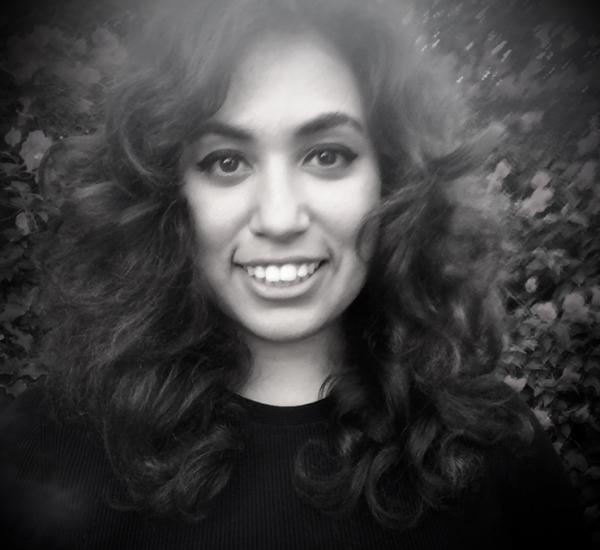The LACMA-ASU Master's Fellowship in Art History—developed by LACMA and the Herberger Institute for Design and the Arts at Arizona State University (ASU)—was established to combine academic training and work experience to advance the careers of a new generation of curators, directors, and other museum professionals who are committed to increasing equity and inclusion and engaging new perspectives, cultures, and backgrounds.
The three-year fellowship is intended to complement and expand the value of other important programs at LACMA to help diversify the ranks of curators and other professionals in art museums. Pairing rigorous academic instruction through traditional master's-level coursework and thesis with on-the-job work experience, LACMA and ASU Art Museum staff who are selected as fellows enroll in two courses per semester remotely, and fulfill language, professional development, and research requirements while continuing in their current role at their respective museums. Fellows receive access to resources at LACMA and the Herberger Institute, and upon completion of the program, receive a master's degree in Art History from ASU.
We recently caught up with the current Fellows to learn more about their experiences in the program.
Dhyandra, what is your role at LACMA?
I am Curatorial Assistant in LACMA’s Wallis Annenberg Photography Department.
What drew you to the LACMA-ASU Master's Fellowship in Art History program?
I was attracted to the possibility that I could continue my curatorial practice within the museum—working with the collection, artists, and colleagues on exhibitions, acquisitions, and publications—while earning an advanced degree. I no longer had to choose between my education and my career. The fellowship enabled me to advance both paths.
What does a "day-in-the-life" of a LACMA-ASU Fellow look like?
I am in the third year of the program, and have completed my coursework. I now dedicate my time toward thesis research and writing. Between generating ideas for professional projects and my thesis, this is a uniquely creative and generative period.
What has been the most interesting or rewarding part of the fellowship so far?
It has been nourishing to have this time to devote to my research. Together the academy and the museum create space for intellectual curiosity and experimentation.
What has been the most challenging part of the fellowship?
The balancing act of full-time work and graduate school is a challenge. Professional and academic deadlines frequently overlap, so advance planning and prioritizing is a must.
How has the experience influenced your career focus or future goals?
The fellowship has not changed my career path as a curator. It has given me an opportunity to develop my scholarship, and expand my specialization in photographic and media-based practices, to encompass contemporary African American and African Diasporic art production.
What subject(s) do you plan to focus on in your Master's thesis?
My thesis is a global consideration of artistic innovation by Black artists in the 21st century. My work expands upon the discourse of Black diaspora, which has been defined by scholars as a mode of conceptualizing the forced movement, migration, and exchange of Black peoples around the world. I am interested in thinking about "diaspora" as a dynamic imaginary, which constantly shifts and evolves. With an examination of works from LACMA's collection, and beyond, I organize my chapters by themes or a rhetoric, such as "speech" or "imagination and indeterminate space." My project animates aesthetic resonances, recognizing symbols as intelligent, and which have the capacity to inspire awe, reveal history, and inform us about different experiences of existence. This methodology enables a global consideration, and an opportunity to forge nuanced analyses and connections between artworks across distinct regions, histories, and seas.
While lived experiences are inherently unique, when we can see how our experience of being relates to others, we are better poised to see ourselves as connected. This is the power of history, and art. It shows us the effects of human interactions over time. I am interested in thinking about contemporary art, not so much as a statement about "the now," but as a window to the past, to better understand ourselves in the present.



